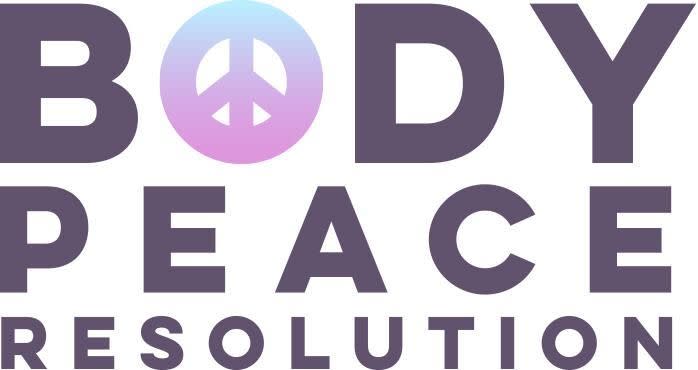Is Body Love Just Another Form of Body Obsession?

When body positivity seems farfetched, what should you do instead? (Photo: Ben Ritter)
If and when we get over our obsession with looking perfect, thin, and modelesque, the next step is learning to love our perceived flaws – right? Easier said than done. Of course, self-love is something we can all strive for, but we have to take baby steps to move from a place of body negativity to one of praise.
However, transitioning from a negative body image towards a more positive one might not be as far off as it seems, as long as you don’t view it as making a complete 180. According to a Yahoo Health commissioned Ipsos survey of 1,993 people between 13 and 64, body neutrality is the most prevalent mindset in the US, with 42 percent of Americans feeling, “I’m okay with the way my body looks, I’ve made peace with my body shape/size/imperfections.”
The only problem is that men are the ones swaying the majority in the right direction. Upon developing body awareness, 70 percent of teenage boys are either body positive or body neutral, whereas 66 percent of teen girls are either body negative or body ambivalent, starting them off on the wrong foot in terms of self-acceptance. This may be explained by differing growth patterns among each gender, but only to an extent. Teen girls report experiencing the most shame for their weight, while teen boys feel most shame about their hair. In fact, teenage girls reported the highest amount of shame of all groups studied in nearly every category of things that people report feeling shame about. This points to the factor of social pressures, as these shameful feelings recess and redirect with age.
Don’t worry – it gets better. Women hit peak body positivity between their mid 30s and mid 50s. But even then, only 13 percent of women between these ages are body positive. For men, teenage years are the prime time for body positivity, and teenage boys are the most body positive group at 28 percent. But since most women progress from body ambivalence to body neutrality as they age, and most men regress from body positivity to body neutrality, shouldn’t we acknowledge that acceptance is the most realistic and sustainable mindset?
Body positive people experience self-love on one level, but loving your body is not the same as loving yourself. “I want to forget about my appearance because it’s not the most important thing about me. In fact, it’s one of the least important things about me,” writes Suzanna Weiss in Ravishly. “I take pride in my quirky sense of humor, my writing style, and my listening skills far more than any part of my body. Instead of working to accept how much space every part of my body takes up, I’d much rather give my body less space in my mind. Instead of striving toward body positivity, I’d rather settle on body neutrality and get on with my life.” Like hate, love is an active emotion that you have to constantly feed, whereas neutrality is passive and requires little notice. By no means is it bad to love your body, but there are lots of other things about yourself that deserve more attention.
Body-Peace Resolution is Yahoo Health’s January initiative to motivate you to pursue wellness goals that are not vanity-driven, but that strive for more meaningful outcomes. We’re talking strength, mental fitness, self-acceptance — true and total body peace. Our big hope: This month of resolutions will inspire a body-peace revolution. Want to join us? Start by sharing your own body-positive moments on social media using the hashtag#bodypeaceresolution

Related:
New Study Reveals Women Criticize Themselves 8 Times a Day
This is How Much Time the Average Person Spends Getting Ready in a Year
If Selfies Make Us Feel Good About Ourselves, Why are They Shameful?

